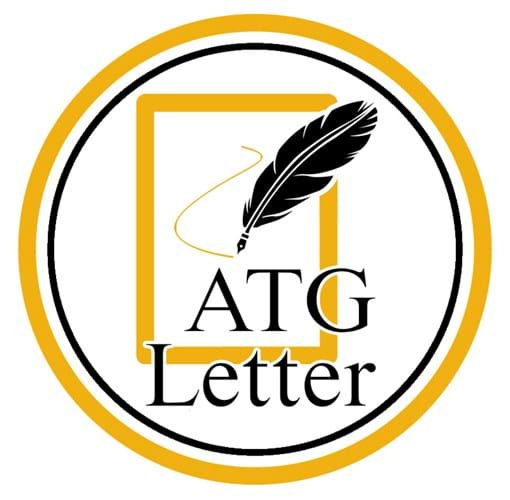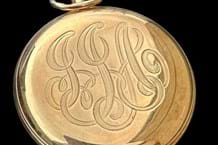Sadly having considered all options, one is left with the only possibility that the change from tried and tested system of bidding up prices to bidding prices down is solely and exclusively for the benefit of the auction house, in this case Sotheby’s.
My thinking is as follows. If the auction house estimates an item’s value at, say, £1000-2000 but start offering the item at perhaps £3000 or £4000, those interested in the item will be forced to put in a bid as the offer descends without knowing what anyone else thinks of the item’s value which may have been appreciably lower.
Yes, this could benefit the seller, but also the auction house massively on the other hand with every lot. But the seller loses out if the item could have fetched much more and the auction house loses also.
On the downside, had two bidders been in competition then the bidding could have climbed way above the auction house entry bid, as has been proved recently on several occasions when items have reached values considerably higher than the auction house estimates.
However, had the auction house started below the estimate in the hope that bidding would climb, whatever figure the item reached would have been the true value on the day of that item, irrespective of a private or trade bid. Yes, an auction house estimate influences buyers, but not the professionals.
Estimates should not be at the sole discretion of only one opinion in the shape of the auction house. Under the new system the buyer – whether trade or a private person with no knowledge of values – makes their offer out of fear that they will miss the chance of obtaining the item rather than have an opportunity of competing with all other interested parties.
Sadly this, combined with auction house commission climbing from 5% to 41% in living memory, leaves one with the jaundiced view that this change is solely for the benefit of the auction house.
It would be very informative if Sotheby’s could explain its justification for this change in the system which has existed in the world of auctions for a very long time. And has a proven record of achieving the true result for the seller.
Name supplied
ATG replies:
Our article stated that Sotheby’s has chosen to use the Dutch auction format only for some sales of digital art. There is no change to its other auctions.
Dutch auctions tend to generate lower realised prices than English auctions, according to analysis by Nobel Laureate Paul Milgrom. He showed how well different auction formats deal with the problem of the winner’s curse (the tendency of the most optimistic bidder to overestimate the value of an auctioned object. The threat of the curse can also lead cautious bidders to undervalue an item – to avoid the curse).
In an English auction, the auctioneer starts with a low price and raises it. Bidders who observe the price at which other bidders drop out of the auction therefore obtain information about those bidders’ valuations of the item; because the remaining bidders then have more information than at the start of the auction, they are less prone to bid below the value they believe the item is worth (the more information bidders have, the less cautious they will be).
On the other hand, a Dutch auction, where the auctioneer starts with a high price and reduces it until someone is willing to buy the object, does not generate any new information. The danger of the winner’s curse is thus greater in Dutch auctions than in English auctions, and this results in lower final prices due to bidders being more cautious.
In general, Milgrom found that more information about the object’s value, such as certificates of authenticity, expert appraisals or insights into other bidders’ estimated values, tends to result in higher realised prices.













